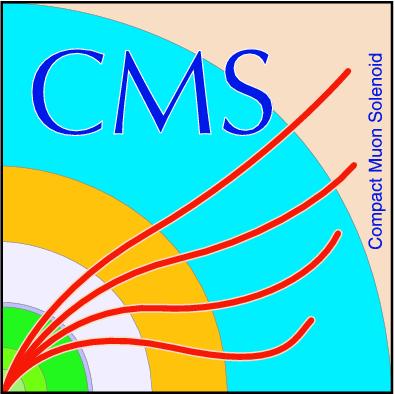

Compact Muon Solenoid
LHC, CERN
| CMS-PAS-JME-24-001 | ||
| DeepMET: Improving missing transverse momentum estimation with a deep neural network | ||
| CMS Collaboration | ||
| 9 May 2025 | ||
| Abstract: At hadron colliders, the net transverse momentum of particles that do not interact with the detector (missing transverse momentum) is a crucial observable in many analyses. In the standard model, missing transverse momentum originates from neutrinos. Many beyond-the-standard-model particles such as dark matter candidates are also expected to leave the experimental apparatus undetected. This note presents a novel missing transverse momentum estimator DeepMET, developed for the CMS experiment at the LHC, that is based on deep neural networks. DeepMET produces a weight for each reconstructed particle based on its properties. The estimator is the negative vector sum over all reconstructed particles of their weighted transverse momenta. Compared with other estimators currently employed by CMS, DeepMET improves the missing transverse momentum resolution by 10-20%, shows improvement for a wide range of final states, is easier to train, and is more resilient against the effects of additional proton-proton interactions accompanying the collision of interest. A version of DeepMET that is less dependent on correct reconstruction of the hard scattering vertex position is also presented. | ||
|
Links:
CDS record (PDF) ;
CADI line (restricted) ;
These preliminary results are superseded in this paper, Submitted to PRD. The superseded preliminary plots can be found here. |
||

|
Compact Muon Solenoid LHC, CERN |
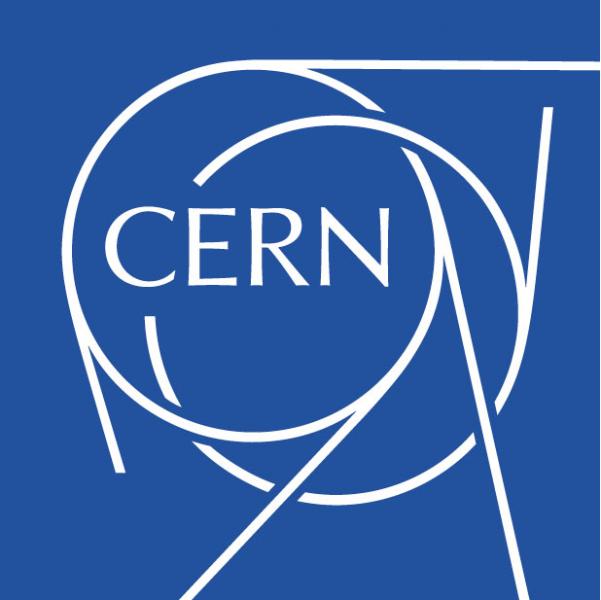
|
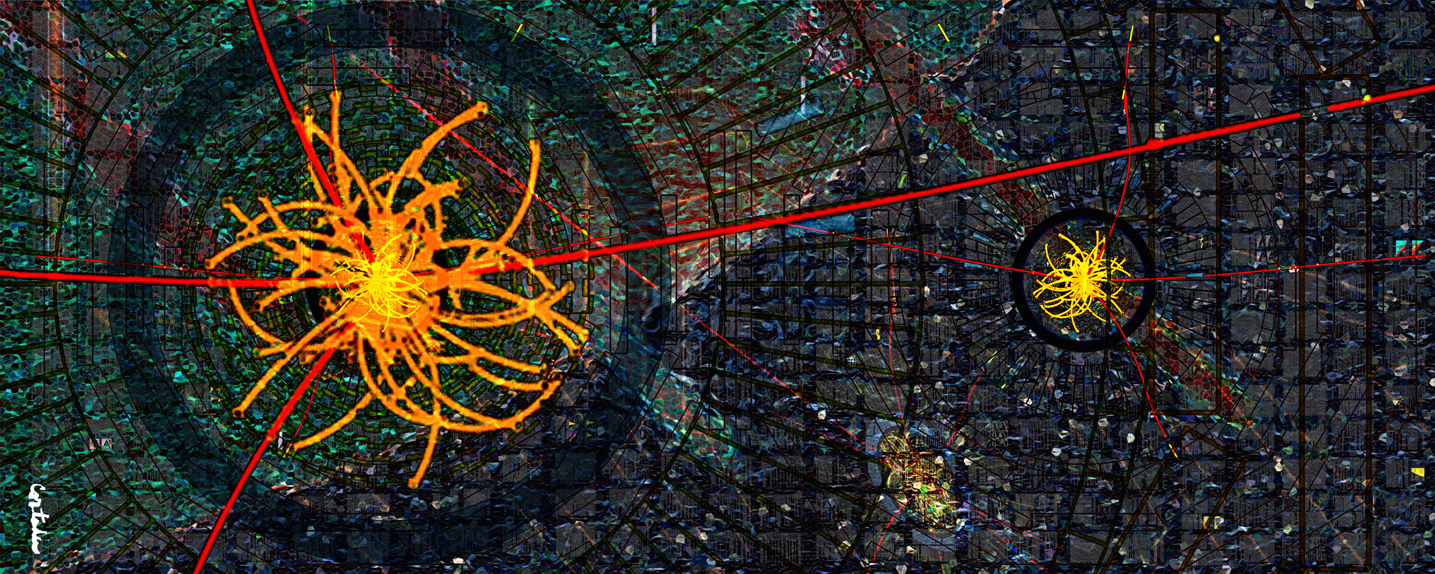
|
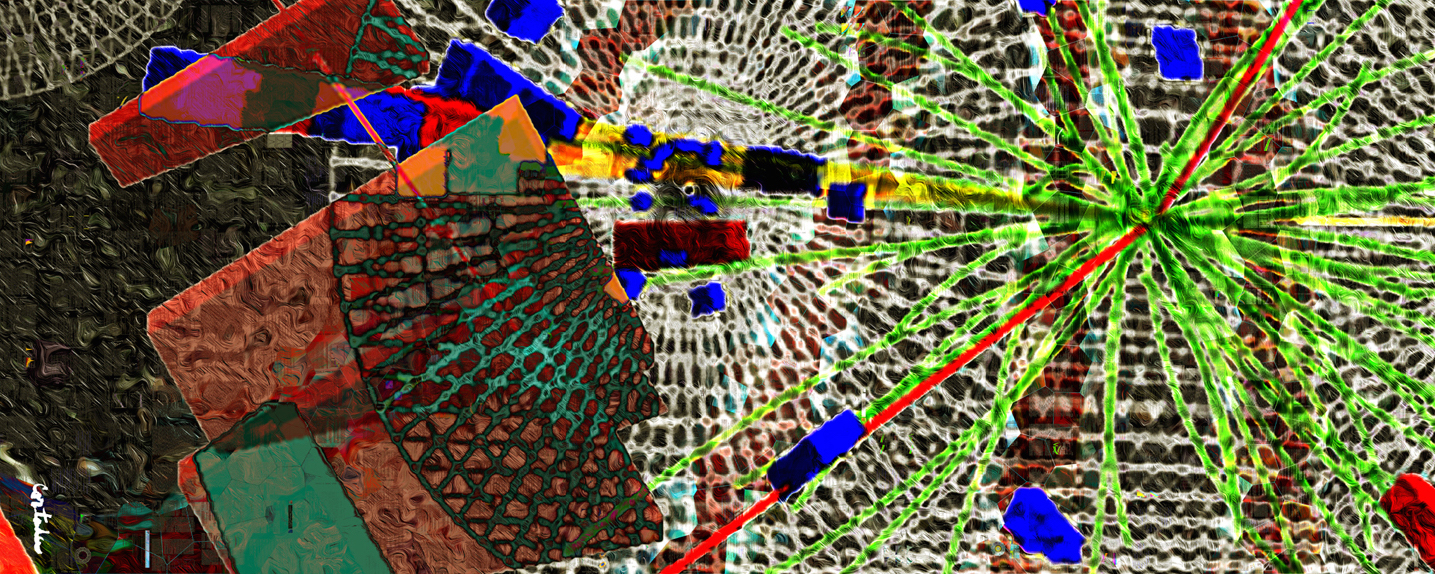
|

|
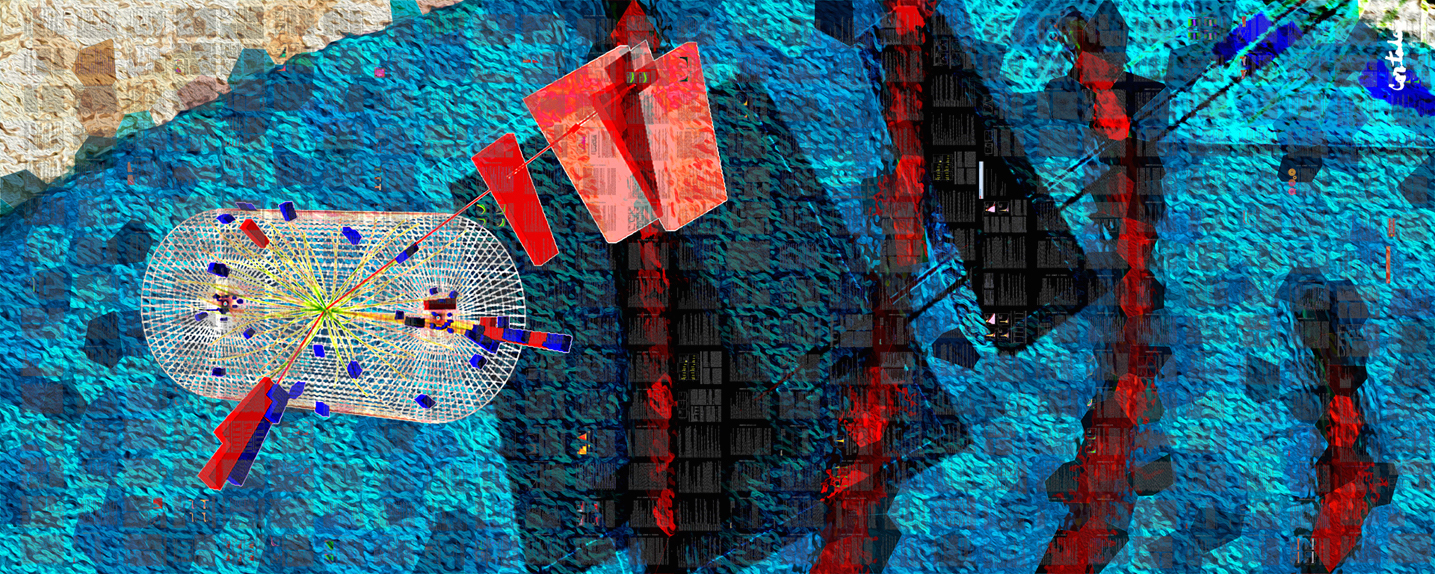
|
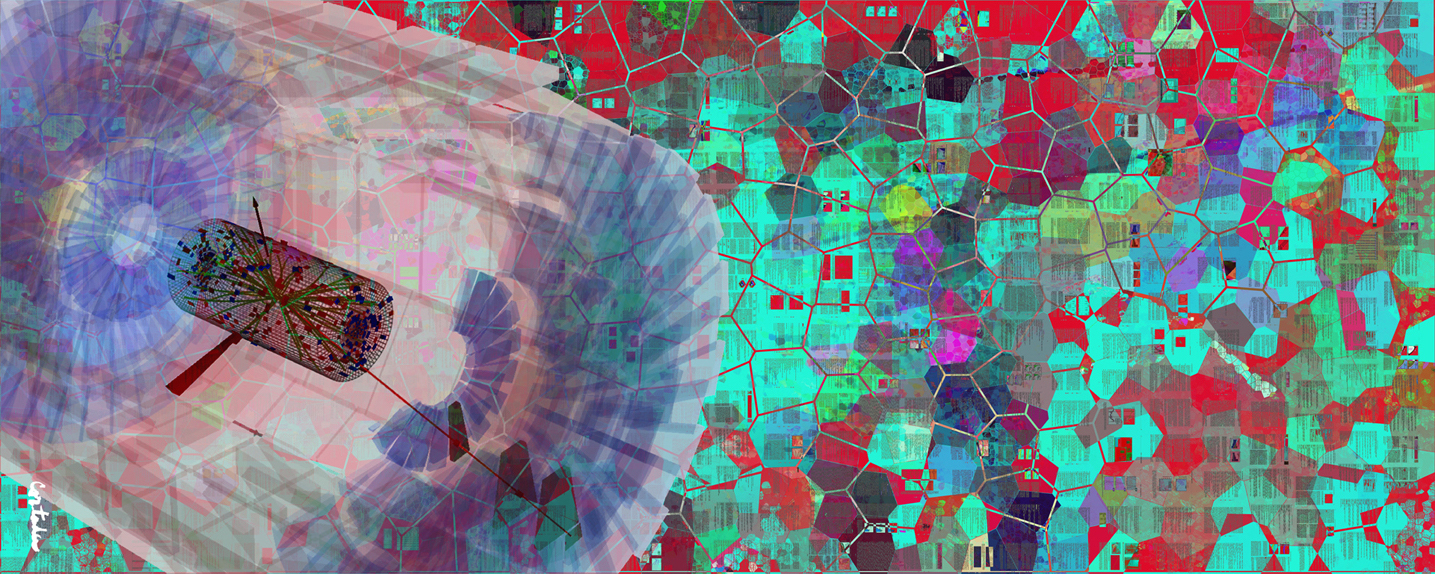
|